The Covid outbreak led to the suspension of flights between India and China, which have not been reinstated yet. But, the talks are moving headway and the direct flights may take off soon.
Zha Liyou, the Chinese Consul General in Kolkata, stated that Indian students studying in China before the COVID-19 outbreak have begun returning to the nation and emphasised the importance of resuming direct flights as soon as possible. The government of these two countries would be working towards making it happen.
Since the coronavirus was discovered in Wuhan in late 2019 and spread throughout the world, flight services between the two neighbours have been hampered. Despite Beijing's subsequent lifting of the visa ban after almost three years, the flight interruption caused significant hardship for hundreds of Indian students, businessmen, and families of Indians employed in China.
The COVID visa restrictions in China left a lot of Indian students stranded
A total of 23,000 Indian students, the majority of whom were studying medicine, were left stranded back home as a result of China's COVID visa prohibitions. They made plans to return to their universities in China but ran into problems because there were no direct flights.
Currently, Indian travellers are paying outrageous amounts of money for expensive flights as they journey to China via Sri Lanka, Nepal, and Myanmar.
However, it has been reported that more than 100 Indian students have recently returned to China via routes through third countries, particularly via Hong Kong. According to informed sources, Indians are encouraged to fly through Hong Kong, which has daily connectivity from India, because it is unlikely that flights will resume. They can then fly to cities in China, where they must endure a seven-day quarantine.
The negotiations between India and China to resume the limited air services have been ongoing for a while, but no progress has been made
The negotiations between India and China to resume the limited air services have been ongoing for a while, but no progress has been made, according to the sources, because Beijing is adamant about the flight cancellation policy affecting COVID customers.
According to the sources, the airlines have a difficult time adhering to the regulation because they are not the ones who carry out the COVID-19 tests, which are necessary for all travellers going to China.
“Direct air connectivity between India and China should start and both governments should work towards this. Several Indian students are now keen to return to China.”Zha Liyou stated during a press conference on Wednesday, 2nd November
On Wednesday, November 2, Mr Zha told reporters in Kolkata that his office and the Chinese Embassy had already granted visas to a large number of students, and more who has expressed a desire to return to China. The consul general also noted the return of flights between numerous Chinese cities and towns near India, including Dhaka, Colombo, and Myanmar.
India-China direct flights may resume soon
Mr Zha added, “We have to resume flights soon”. He continued by saying that many of "his chamber friends" (representatives of chambers of commerce in Kolkata) and not just students want flights to resume.
Many businessmen used chartered planes during the COVID-19 outbreak to return, Mr Zha noted, and he added that even oxygen concentrators were transported to India using special flights. Similar agreements might be possible for the time being, according to the Consul General.
Zha Liyou has emphasised that there should be a quick return of direct flights between the two nations, and both governments are working to make that happen.
ALSO READ - India suspends tourist visas issued to Chinese nationals
Read next
Air India has beaten IndiGo for the third consecutive month as India's top "on-time" airline. Since the takeover by the Tata Group, Air India has identified on-time performance (OTP) as a primary improvement goal, according to a report in the Economic Times (ET). Being punctual was one of the branding strategies of IndiGo.
ALSO READ - Air India issues several guidelines to cabin crew to enhance on-time performance
According to the most recent information provided by the DGCA, Vistara was India's highest "on-time" carrier in September, earning an OTP rate of 91%. Following it were Air Asia India (89.8%) and Air India (87.1%). IndiGo came in fourth with 84.1% of its flights departing on time. These numbers were 83.1 and 84.5% for Air India and IndiGo in June, respectively.
Air India becomes India's top "on-time" airline
Prior to April, IndiGo was the most punctual airline for domestic flights in February and March, with 95.4% and 93.9% of flights, respectively, arriving at their destinations on time. However, since that time, AirAsia and Vistara airlines of the Tata group have significantly improved their punctuality.
After acquiring Air India at the end of January, the Tata Group allegedly selected on-time performance (OTP) as a top area for improvement. InToead its turnaround strategy, the Tatas recruited senior Singapore Airlines Group executive Campbell Wilson, who assumed the position in June.
“We have invested in IT systems to improve the capability of aircraft predictive maintenance. We want to ensure the right systems are in place to monitor the turnaround times of aircraft. There is no magic bullet. We have to ensure that all systems are working perfectly.”
Campbell Wilson, CEO & MD, Air India
A cross-functional team has apparently been formed by Air India to thoroughly evaluate the impending winter flight schedule.
In response to Air India's recent growth, IndiGo has also made a few management changes. To boost performance, it has requested the cabin crew to make some significant adjustments to flight planning.
One of the instructions is to close the cabin door within 60 seconds of the last passenger boarding the aircraft. Additionally, the airline has instructed the pilots to arrive at the airports at least 75 minutes prbeforehe time when their aircraft is due to depart. They must be seated in the aircraft, 35 minutes before takeoff.
IndiGo has also accelerated the recruiting of ground personnel who lost their jobs due to the COVID-19 outbreak.
IndiGo has also accelerated the recruiting of ground personnel who lost their jobs due to the COVID-19 outbreak. In addition to providing affordable prices and hassle-free service, IndiGo, which has a 57.7% market share, touts being on time as one of its three pillars.
The main cause of aircraft departure delays was stated by DGCA as being reactionary, due to the size of its vast fleet. Reactionary delay refers to a delayed departure as a result of a delayed aircraft arrival. In September, 68% of departures were late due to this. Most delays happened at the airport in Mumbai.
“The primary issue is that IndiGo being the largest airline, also has maximum connectivity with the constrained airports such as Delhi and Mumbai. There are 150-200 departures daily from these busy airports, so one single delay can cause a chain reaction. Airlines also suffer in their punctuality during the monsoon season due to diversions and late departures.”
A person aware of the matter
According to Mark D. Martin of Martin Consulting, Air India increased AISATS's airport handling team's efficiency. Landing AI flights are now proactive in obtaining a gate. Given its size, IndiGo isn't doing too poorly either.
OTP is ultimately not just the duty of an airline. Airport managers can assure greater crowd control and reduce check-in wait times by working with security staff. Efficiency on the terminal side might be improved, for instance, by increasing capacity and accelerating clearance at immigration counters. This will complement the efforts made by airlines to improve their on-time performance.
(With Inputs from The Economic Times)
Read next
Air India to integrate AirAsia India with Air India Express by the end of 2023
Radhika Bansal
03 Nov 2022
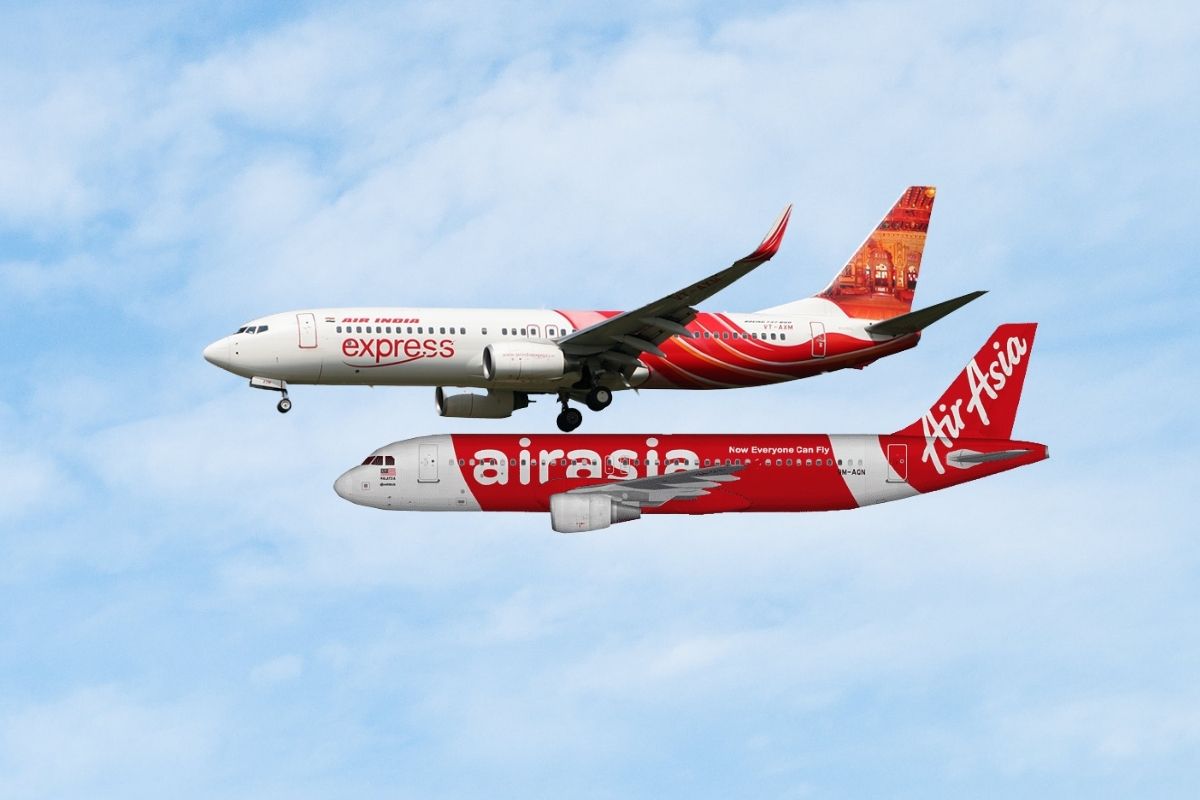
Air India said an operational review process is underway to integrate budget carrier AirAsia India with Air India Express and the merger is likely by the end of 2023.
Tata group-owned Air India has also signed agreements to have a 100% stake in AirAsia India. The carrier is a joint venture between Tata Sons and Air Asia Investment Ltd. Tata Sons has an 83.67% stake and the remaining 16.33% shareholding is with AirAsia.
ALSO READ - AirAsia India is now a fully-owned subsidiary of Air India
The merger, likely by the end of 2023, is aimed at having a single low-cost carrier for the Air India group. Post-merger, the entity will be branded as Air India Express, according to a statement.
AirAsia India is an all-Airbus operator, with a fleet of 28 A320s operating domestic flights from its Bengaluru hub
AirAsia India was launched in 2014 while Air India Express started operations back in 2005.The consolidation of the two low-cost carriers -- AirAsia India and Air India Express -- will be undertaken as part of the restructuring roadmap that is being envisioned for the Tata group's airline business, Air India said in a statement.
AirAsia India is an all-Airbus operator, with a fleet of 28 A320s operating domestic flights from its Bengaluru hub and currently flies to 18 destinations in India.
Air India Express, which was founded in 2005, flies short-haul international flights, connecting India with Southeast Asia and the Gulf region. The Kochi-headquartered carrier has a fleet of 24 Boeing 737s in operation.
Air India Express has a fleet of 24 Boeing 737s in operation.
"The assessment and implementation of the full integration process of AirAsia India and Air India Express, through a possible scheme of merger or otherwise and subject to necessary corporate approvals, is expected to take approximately 12 months, with network and other synergies to be realised progressively during that period," it said.
Currently, four airlines are part of the Tata group. They are Air India, Air India Express, AirAsia India and Vistara. The latter is a joint venture with Singapore Airlines. Tata group acquired Air India and Air India Express in January this year.
ALSO READ - Vistara – Air India merger talks with Tata Group confirmed by Singapore Airlines
In October, SIA said it was in talks with Tata over a possible merger of Vistara with Air India, stating it was seeking to “deepen the existing partnership” between both parties. Discussions on Vistara’s future are still in progress and no agreement has been reached.
ALSO READ - Tatas likely to offer a stake to Singapore Airlines, for Air India – Vistara merger
Discussions on Vistara’s future are still in progress and no agreement has been reached.
Earlier in the day, Malaysia's AirAsia Aviation Group Ltd said it has entered into a share purchase agreement to sell the remaining equity shares held in AirAsia India to Air India. Air India has signed agreements to complete the acquisition of 100% shareholding in AirAsia India.
ALSO READ - Tata Sons working on a merger between AirAsia India and Air India Express
Meanwhile, AirAsia Group said AirAsia India can use the "AirAsia" brand name for 12 months. AirAsia India has been making losses since its first commercial flight on June 12, 2014. Its net loss increased by 42% to INR 2,178 crore in FY22.
ALSO READ – AirAsia India records elevated losses in FY22
The consolidation of AirAsia India and Air India Express is expected to bring customer, revenue, cost and operational benefits through broader adoption of each airline's best practices, systems and routes, and the combined entity's greater scale, Air India said in the statement.
Air India has signed agreements to complete the acquisition of 100% shareholding in AirAsia India.
A working group has been formed to evaluate and execute the integration of the Air India group's low-cost operations, which will be co-led by AirAsia India MD and CEO Sunil Bhaskaran and Air India Express CEO Aloke Singh. The working group will report to a committee chaired by Air India MD and CEO Campbell Wilson.
About the merger of the two budget carriers, Wilson said, "We are excited to initiate the creation of a single Air India Group low-cost carrier".
"This is a key step in the rationalisation and transformation of the group, and we will be working closely with the management teams and staff throughout the process. We also look forward to the many new opportunities, a stronger AI group low-cost carrier will bring for customers and staff alike," he said.
ALSO, READ – Air India gets CCI’s approval to acquire the entire stake in AirAsia India
In June, the Competition Commission of India approved the proposed acquisition of the entire shareholding of AirAsia India by Air India. An operational review process is underway with a view to ultimately integrating AirAsia India fully with Air India Express (AIXL).
An operational review process is underway with a view to ultimately integrating AirAsia India fully with Air India Express
Consolidation of these two airlines, both of which operate as low-cost carriers, will be undertaken as part of the restructuring roadmap that is being envisioned for the Tata group’s airline business and is expected to bring customer, revenue, cost and operational benefits through broader adoption of each airlines’ best practices, systems and routes, and the combined entity’s greater scale.
While announcing that it has signed an agreement to sell the remaining stake in AirAsia India, Group CEO of AirAsia Aviation Group Bo Lingam said that since 2014, "When we first commenced operation in India, AirAsia has built a great business in India, which is one of the world's biggest civil aviation markets".
"We have had a great experience working with India's leading Tata Group. This is not the end of our relationship but the beginning of a new one as we explore new and exciting opportunities to collaborate and enhance our synergies moving forward.India will remain an important market for AirAsia and will continue to be served by our various airlines. We will use the experience and knowledge we have gained from operating in the Indian domestic market to grow the ASEAN-Indian market in logistics and passenger services to a far greater extent." Bo Lingam, CEO, AirAsia Aviation Group
Further, he said, the pandemic has allowed it to re-examine the priorities and "we felt that it was best suited for AirAsia to develop an ASEAN-only business".
The Malaysian group will continue to have airlines in Malaysia, Thailand, Indonesia and the Philippines.
Read next
AirAsia Aviation Group Limited, the holding company of Capital A's airline group (formerly known as AirAsia Investment -- part of Malaysia’s AirAsia Group) informed the bourses on November 2 that it has sold its remaining stake in the AirAsia India operations to Air India.
This means Air India has signed agreements to complete the acquisition of 100% shareholding in AirAsia India (AAI) and to subsidize it under Air India.
Following the announcements made on December 29, 2020, and January 5, 2021, on the disposal of 32.67% equity shares in AAI with AAAGL receiving USD 37,660,000 in gross proceeds, the company announced the disposal of the remaining 16.33% equity shares in AirAsia to Air India Limited, an affiliate of Tata Sons Private Limited.
ALSO READ – Tata Sons likely to merge the losses of AirAsia India with Air India before the possible merger
AirAsia India is now a fully-owned subsidiary of Air India
Meanwhile, AirAsia Group said AirAsia India can use the "AirAsia" brand name for 12 months. AirAsia India has been making losses since its first commercial flight on June 12, 2014. Its net loss increased by 42% to INR 2,178 crore in FY22.
ALSO READ – AirAsia India records elevated losses in FY22
The company said in a statement: “All customary consents and regulatory approvals have been secured. AAAGL is expected to receive INR 1,556,487,800 (equivalent to USD 18.83 million) in gross proceeds. There will be no gain or loss on the disposal as Capital A has marked the remaining 16.33% in AAI to its fair value.”
ALSO READ – AirAsia India takes short-term loans of INR 630 crore to reduce its debt burden
"Since 2014, when we first commenced operation in India, AirAsia has built a great business in India, which is one of the world's biggest civil aviation markets in the world. We have had a great experience working with India's leading Tata Group. This is not the end of our relationship, but the beginning of a new one as we explore new and exciting opportunities to collaborate and enhance our synergies moving forward."Bo Lingam, Group Chief Executive Officer, AirAsia Aviation Group
Notably, during the operations of the joint venture, AAI received certain notices from the tax authorities in India. The company has said that it will, along with its affiliates, continue to cooperate with AAI in contesting these notices.
Further, the disposal will not have any effect on Capital A share capital and substantial shareholders’ shareholding and is not expected to have any material effect on the earnings per share, or net assets per share as well as the gearing in the company for the financial year ending December 31, 2022. Also, the cash balance of AAAGL will increase by the same amount after this disposal exercise.
AirAsia Group said AirAsia India can use the "AirAsia" brand name for 12 months.
ALSO, READ – Air India gets CCI’s approval to acquire the entire stake in AirAsia India
After the transaction closes, AAAGL will not hold any equity interest in AAI and the brand license and technical services agreement between AirAsia Berhad and AAI will be terminated after 12 months from the date of termination of the shareholders' agreement between the parties or at an earlier date as may be intimated by AAI.
Air India has informed us that an operational review process is underway to ultimately integrate AirAsia India fully with Air India Express (AIXL).
“Consolidation of these two airlines, both of which operate as low-cost carriers, will be undertaken as part of the restructuring roadmap that is being envisioned for the Tata group’s airline business and is expected to bring customer, revenue, cost and operational benefits through broader adoption of each airlines’ best practices, systems and routes, and the combined entity’s greater scale."Air India
A working group has been formed to evaluate and execute the integration of the Air India Group’s low-cost operations, which will be co-led by Sunil Bhaskaran, CEO and MD, of AirAsia India and Aloke Singh, CEO, of Air India Express. The working group will report to a committee chaired by Air India MD & CEO, Campbell Wilson.
The assessment and implementation of the full integration process of AAI and AIXL, through a possible scheme of merger or otherwise and subject to necessary corporate approvals, is expected to take approximately 12 months, with network and other synergies to be realised progressively during that period.
“We are excited to initiate the creation of a single Air India Group low-cost carrier. This is a key step in the rationalisation and transformation of the Group, and we will be working closely with the management teams and staff throughout the process. We also look forward to the many new opportunities a stronger AI Group low-cost carrier will bring for customers and staff alike.”Campbell Wilson, CEO & MD, Air India
AirAsia India currently flies to 18 destinations with a market share of 5.9%. AirAsia India, which started flying in June 2014, offers scheduled air passenger transport, air cargo transport, and charter flight services in the country. It does not have international operations.
Air Asia India was the fifth-largest airline in India, with a total market share of 5.7% and with the takeover by Tata-led Air India, the entity will have a combined 15.7% share of the country's domestic passenger market.
In October 2021, Tatas emerged as the winning bidder for loss-making Air India.
AirAsia India is majority-owned by Tata Sons Private Ltd with a shareholding of 83.67% and the remaining stake is with AAIL, which is part of Malaysia's AirAsia Group.
Full-service carrier Air India and its low-cost subsidiary Air India Express were acquired by Talace Private Ltd, a wholly-owned subsidiary of Tata Sons Private Ltd, last year. Besides, Tatas operate the full-service airline Vistara in a joint venture with Singapore Airlines.
The Tatas took over Air India and Air India Express in January this year. In October 2021, Tatas emerged as the winning bidder for loss-making Air India. It offered a bid of INR 18,000 crore, comprising a cash payment of INR 2,700 crore and taking over the carrier's debt worth INR 15,300 crore.
Read next
British Airways advances the creation of environmentally friendly aviation fuel
Prashant-prabhakar
03 Nov 2022
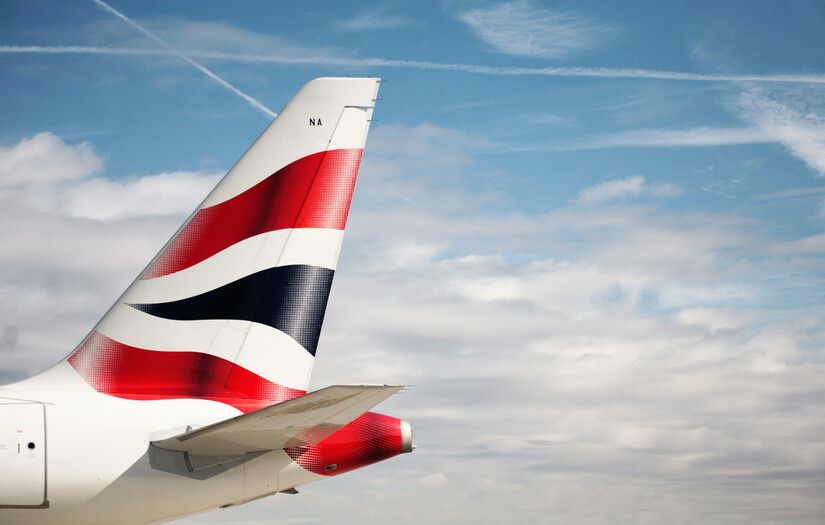
Representative | GreenAir News
British Airways has agreed to quicken the large-scale, environmentally friendly aircraft fuel manufacturing venture known as Project Speedbird that it started in 2021 with LanzaJet and Nova Pangaea Technologies. The parent company of the airline, IAG, will contribute to the next round of development work as part of the agreement. Construction could start as early as next year, and production could begin as early as 2026.
Project Speedbird
The UK's Department for Transport (DfT) 'Green Fuels, Green Skies' competition awarded Project Speedbird about £500,000 ($570,000) to support an initial feasibility assessment for the project's early stages of development. According to British Airways, the project is now finished, and the partners have sought for an extra funding from the DfT's Advanced Fuels Fund to move forward with the next stage of development.
British Airways
Located in the north-east of England, the plant would produce 102 million liters of SAF annually from agricultural and wood waste, which BA would purchase to power its planes. For its corporate and individual customers, the airline has also introduced improved web tools to calculate flight carbon emissions and lessen their influence on the environment. Customers could previously buy carbon offsets and sustainable aviation fuel using the airline's carbon offsetting tool, but thanks to a partnership with climate tech firm CHOOOSE, the new CO2llaborate program will give them more control over the ratio of SAF to verified carbon offsets they wish to buy.
Project Speedbird is another great step towards our mission to reach net zero carbon emissions by 2050 or sooner and achieve our target of using SAF for 10% of our fuel by 2030. SAF is in high demand but in short supply across the globe and so it is essential that we scale up its production as quickly as possible. With further investment and continued government support, Speedbird will be a key and pioneering project in the production of SAF here in the UKcommented the airline’s Director of Sustainability, Carrie Harris
Carrie Harris | British Airways
Utilizing a combination of cutting-edge technology, the SAF will be created using Nova Pangaea's REFNOVA® method for producing bioethanol and biochar from agricultural and wood waste. The bioethanol is then transformed using LanzaJet's unique and patented alcohol-to-jet (ATJ) technology, the first of its type in the world, to create SAF and renewable diesel.
The partners assert that the SAF produced will reduce net lifecycle emissions by 230,000 tonnes annually, or the equivalent emissions of about 26,000 domestic flights of British Airways. The facility would be able to produce more biochar and 11 million liters of renewable diesel, which together could reduce CO2 emissions by up to 770,000 tonnes annually.
Representative | Korea Bizwire
This project will deliver the first end-to-end, sustainable value chain from agricultural and wood waste to SAF in the UK. It will undoubtedly play a very important role in the growing momentum towards decarbonising our aviation sector. The support from British Airways is a vote of huge confidence in our technology and will accelerate its commercialisationSarah Ellerby, CEO at Nova Pangaea Technologies, said
With the creation of hundreds of jobs and supply chain possibilities in the North East of England as a result of Project Speedbird, the UK as a whole would gain from investments made in green technologies.
SOURCE: mediacentre.britishairways.com
COVER: GreenAir News
Read next
The Ahmedabad Airport, which Adani Airports operate has proposed to hike the user development fee (UDF) from the present INR 100 to INR 703 for domestic departure. It has also proposed to hike the UDF for international departure from the current INR 703 to INR 1,400. These numbers will increase after completing a year.
According to the proposal, starting April 2024, the UDF for domestic departure will be hiked to INR 738 and for international, it will go up to INR 1,470. Similarly, starting April 2025, the UDF will be hiked to INR 775 for domestic departure and for international it will be raised to INR 1,544.
While UDF is paid directly by passengers, hikes have been proposed for landing and parking charges that are levied on airlines which decide on airfares. AIAL has submitted its tariff card to the Airports Economic Regulatory Authority (AERA) for the “third control period” from April 1, 2021, to March 31, 2026.
Ahmedabad airport to hike its User Development Fees
Air travel from Ahmedabad might become costlier starting in February next year. In a tariff proposal submitted in February, the Ahmedabad Airport had said it estimates the present value of target revenue for airport-related services to be INR 3,854 crore.
The AIAL has also proposed a Variable Tariff Plan (VTP) for scheduled passenger airlines to increase Ahmedabad’s direct international connectivity by offering lower charges to airlines for the new sector.
In a consultation paper on tariff determination of the airport, the airport tariff authority — Airports Economic Regulatory Authority (AERA) — noted that the airport operator had ongoing capital expenditure projects and other planned works, which have resulted in a higher average revenue requirement for the third control period.
The regulator also observed that the existing traffic base is not sufficient for the complete recovery of ARR in the current control period and this would require a significant increase in tariff. The developmental projects proposed by the Ahmedabad airport are estimated to cost over INR 11,000 crore.
Mangaluru airport has proposed to hike UDF from the present INR 150 to INR 250 for both domestic departure and arrivals and increase it to INR 725 till March 2025.
While the hike proposed for Ahmedabad airport is quite steep, it's not the first time that a private airport operator has sought a raise in UDF. Mangaluru airport, also run by Adani Airports, has proposed to hike UDF from the present INR 150 to INR 250 for both domestic departure and arrivals and increase it to INR 725 till March 2025.
Earlier, the GMR Group had also proposed to hike UDF at Hyderabad international airport to INR 608 from INR 281 for domestic departures, but it was allowed to go ahead with INR 480. Ahmedabad Airport's UDF hike is also subject to the regulator's approval.
Aviation experts who have been tracking these airport charges say the regulator factors in total cost, inflation and how other airports undertook similar expansion in the past, as well as passenger growth projections to calculate UDF.

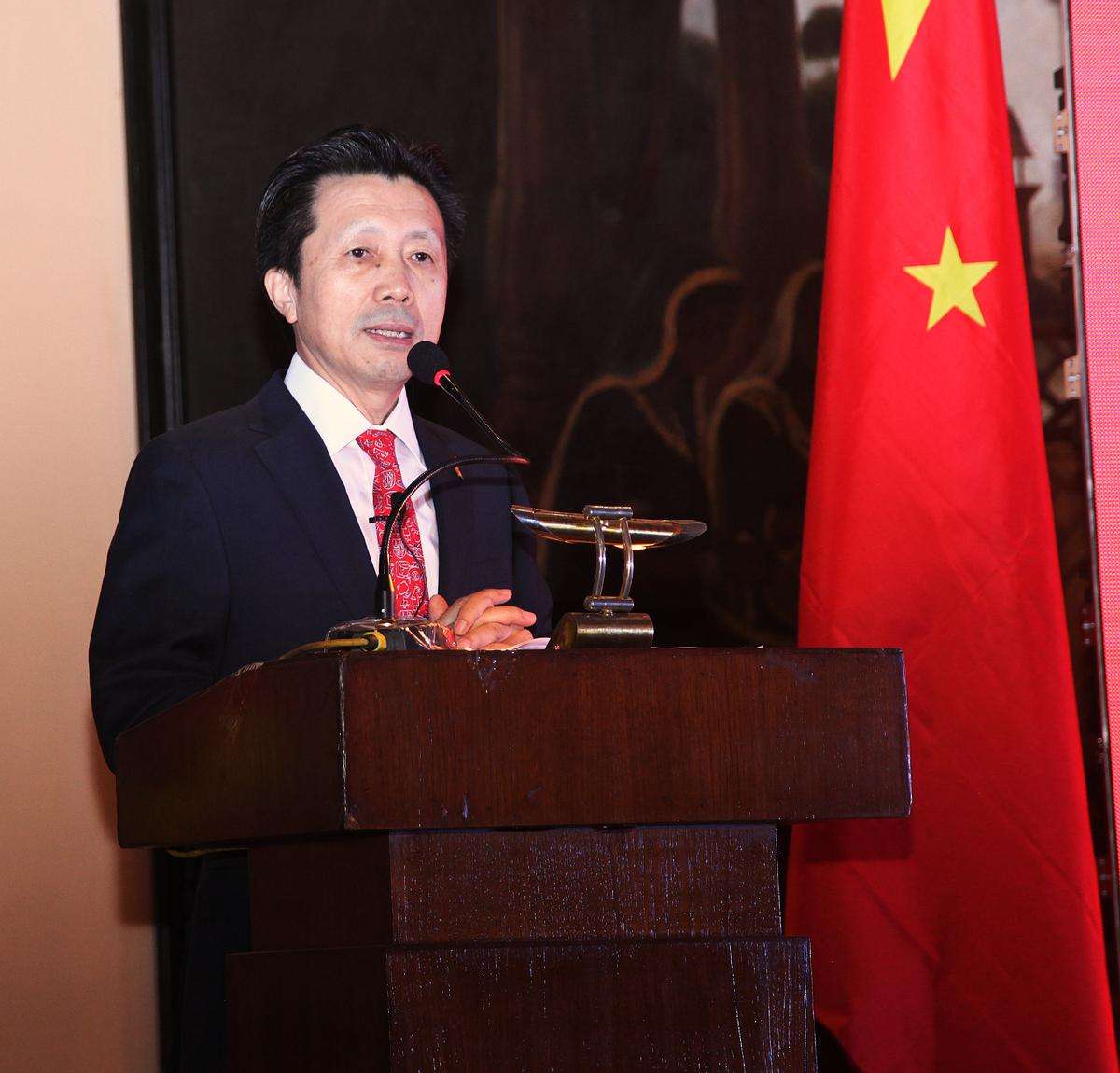
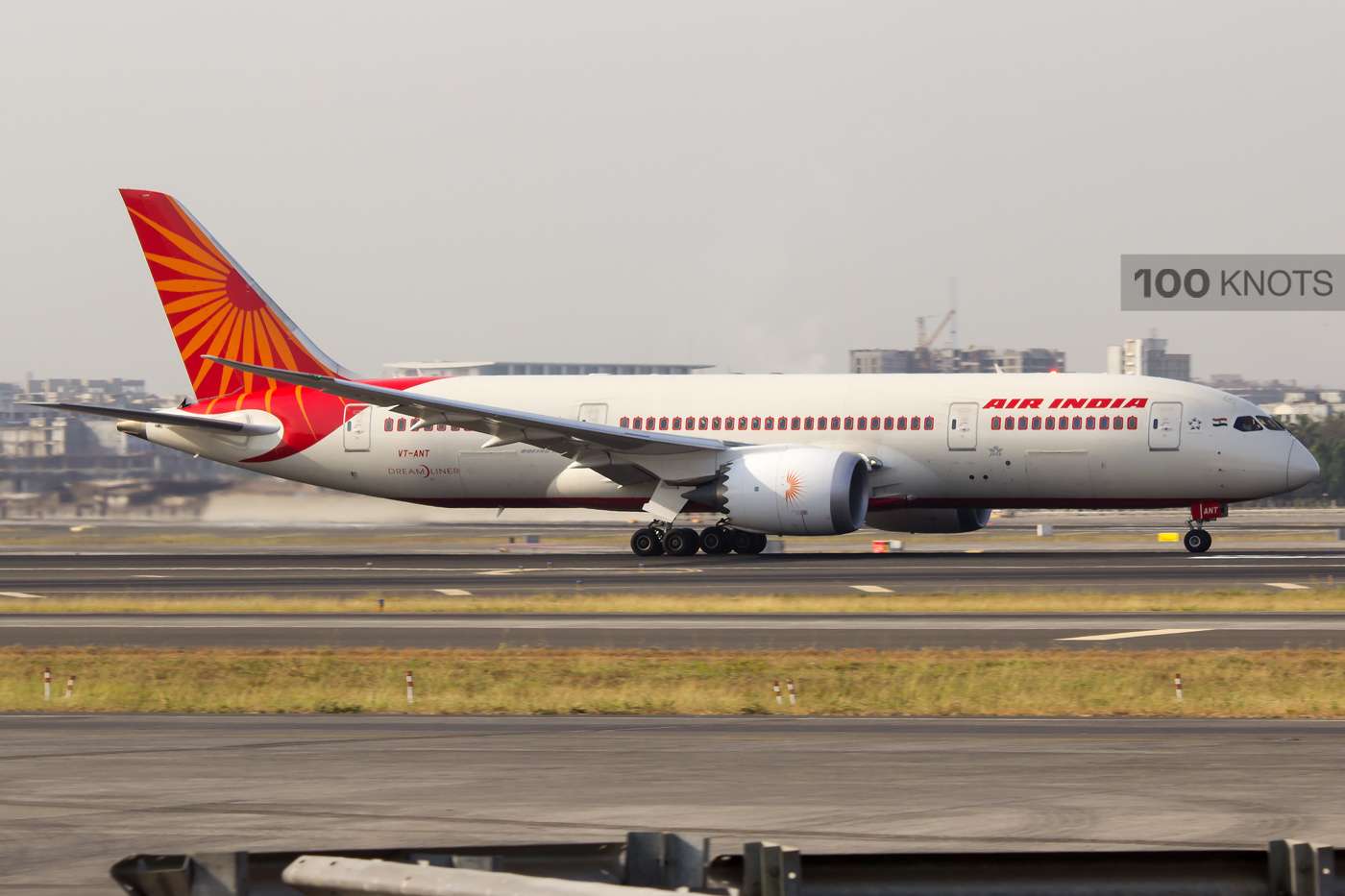


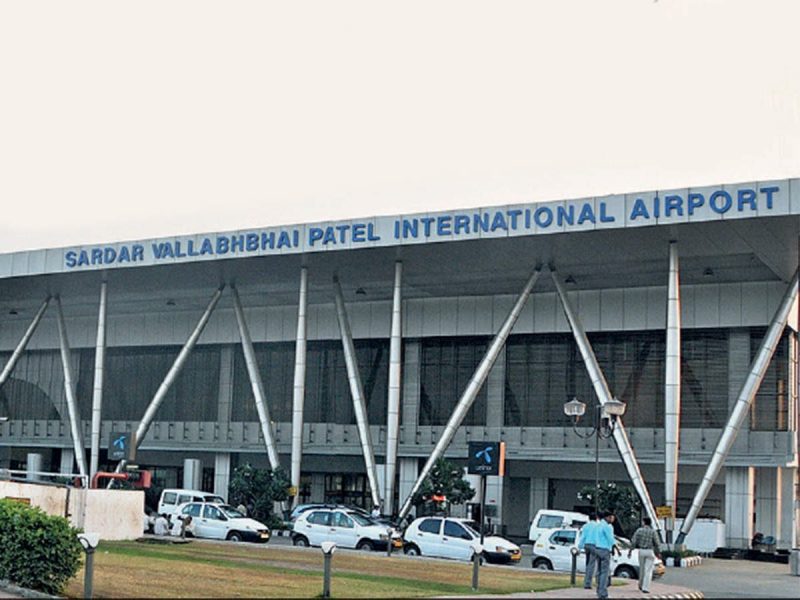
Comment